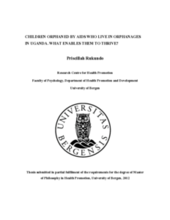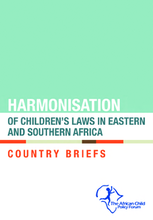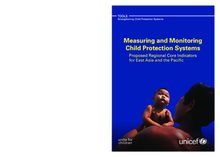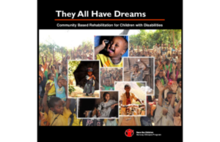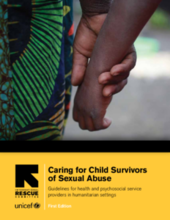Demographic Data
|
Sources: World Bank, UNICEF, UNDP HDR 2015, DHS 2013 |
Displaying 13011 - 13020 of 14557
This paper presents new estimates of the average lifetime cost per child maltreatment (CM) victim in the United States and aggregate lifetime costs for all new cases of CM incurred in 2008 using an incidence-based approach. The authors find that the lifetime economic burden of CM is approximately $124 billion. Given this substantial economic burden, the authors argue that the benefits of prevention will likely outweigh the costs for effective programs.
This article reviews the emerging literature on transnational parenthood, concentrating on six themes: gender, care arrangements, legislation, class, communication and moralities.
This section of the Community Planning Toolkit provides guidance on the issues to consider when planning and designing community engagement. It focuses on quality and effectiveness, process planning and designing engagement tailored to the particular issue, level of participation to be achieved, timeframe and range of stakeholders affected.
This study aimed at finding out what enables children orphaned by AIDS who live in orphanages to thrive.
This publication is a compilation of country briefs that audit and review the level of alignment of national laws with international and regional standards.
The Children Act, Chapter 141 is a Kenyan law that addresses provision for parental responsibility, fostering, adoption, custody, maintenance, guardianship, care and protection of children, among others.
This article sets out some of the evidence of the impact of institutionalisation on children in Europe.
This publication proposes a framework of core indicators for measuring and monitoring national child protection systems in the East Asia and Pacific region.
The intention of this booklet is to document and share the good practices and results that the Save the Children Norway – Ethiopia (SCN-E) project has achieved at different levels with improved outcomes on the lives of the individual child with disability, families, the community, and institutions.
The CCS Guidelines is the “how-to” guide for instructing health and psychosocial field staff responding to children who have experienced sexual abuse in humanitarian settings.

